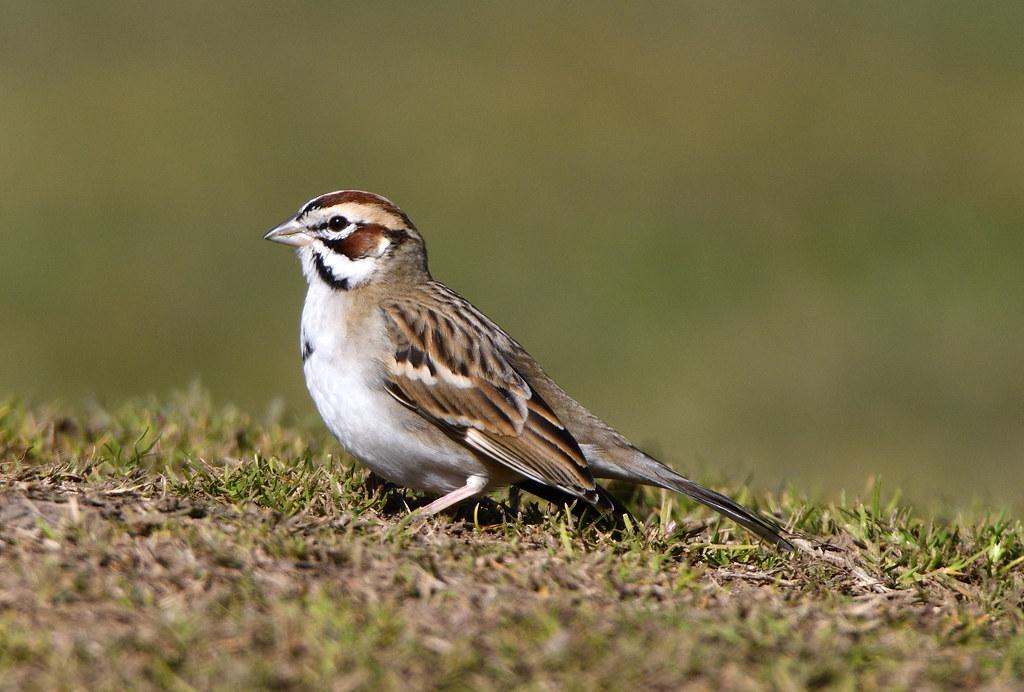Anxiety, a common emotional response to stress and uncertainty, is not confined to adults; it often manifests in children, sometimes in ways that can be easily overlooked. Recognizing and managing anxiety in children is a critical skill for parents, educators, and healthcare professionals alike. This article delves into the intricacies of childhood anxiety, providing a comprehensive guide to identifying its often subtle signs and implementing effective management strategies. With a confident and analytical approach, we will explore the underlying causes of anxiety in young minds, distinguish between typical developmental fears and clinical anxiety disorders, and offer evidence-based techniques to support children in navigating their emotional landscapes. By understanding and addressing anxiety early on, we can empower children to develop resilience and thrive in an increasingly complex world.
Identifying Early Signs of Anxiety in Children
Children may exhibit a range of behaviors that can signal the onset of anxiety, and recognizing these signs early is crucial for effective management. While each child is unique, there are common indicators that can alert caregivers to potential issues. Physical symptoms such as frequent stomachaches, headaches, or fatigue can often be overlooked as typical childhood ailments. However, when these occur alongside emotional changes like increased irritability or tearfulness, they may point to underlying anxiety.
- Changes in Sleep Patterns: Difficulty falling asleep or frequent nightmares.
- Social Withdrawal: Avoidance of social interactions or reluctance to participate in activities they once enjoyed.
- School Performance: A sudden drop in grades or reluctance to attend school.
- Perfectionism: An excessive focus on making everything “just right” can be a sign of underlying stress.
It’s important to remember that these signs can be subtle and may vary significantly from one child to another. Active communication and maintaining an open dialogue with children can help in identifying these early signs and implementing supportive strategies to manage their anxiety effectively.
Understanding the Impact of Anxiety on Child Development
Anxiety in children can manifest in various ways, influencing their emotional, cognitive, and social development. Understanding these impacts is crucial for parents, educators, and caregivers. Emotionally, children with anxiety may experience intense fear, worry, or unease that can hinder their ability to engage in everyday activities. This can lead to a cycle of avoidance behaviors, where the child may shy away from social interactions or new experiences, further isolating themselves. Cognitively, anxiety can affect a child’s concentration, memory, and decision-making skills, which can have a direct impact on their academic performance and learning abilities.
- Social Skills: Anxiety can limit a child’s ability to make friends or participate in group activities, leading to social withdrawal.
- Emotional Regulation: Children may struggle with managing their emotions, resulting in frequent mood swings or outbursts.
- Physical Symptoms: Common physical signs include headaches, stomachaches, or fatigue, which are often overlooked as anxiety-related.
Recognizing these signs early is key to managing anxiety effectively. Interventions such as cognitive-behavioral therapy, mindfulness practices, and family support can significantly alleviate anxiety symptoms and promote healthier development.

Effective Communication Strategies for Supporting Anxious Children
When it comes to supporting anxious children, understanding and empathy are crucial components. Effective communication begins with active listening. This means giving your full attention to the child, acknowledging their feelings, and refraining from immediate judgment or solutions. Employing open-ended questions can encourage children to express themselves more freely, allowing them to explore their thoughts and emotions in a safe space. Statements like, “Can you tell me more about what you’re feeling?” or “What do you think might help you feel better?” can be incredibly empowering for a child struggling with anxiety.
- Maintain a calm demeanor: Children often mirror the emotional states of adults around them. Demonstrating calmness can help soothe their anxiety.
- Validate their feelings: Let the child know that it’s okay to feel anxious and that their feelings are important.
- Use age-appropriate language: Tailor your communication to suit the child’s level of understanding, ensuring clarity and comfort.
- Establish routines: Consistent schedules can provide a sense of security, reducing anxiety triggers.
By adopting these strategies, caregivers and educators can foster an environment where anxious children feel understood and supported, paving the way for more effective anxiety management.

Implementing Practical Interventions to Alleviate Childhood Anxiety
To effectively address childhood anxiety, it’s essential to implement interventions that are both practical and evidence-based. Parents, educators, and mental health professionals can collaborate to create a supportive environment that promotes emotional well-being. Early identification of anxiety symptoms, such as excessive worry or avoidance of certain activities, is crucial. Once identified, a tailored approach to intervention can be developed, focusing on the child’s unique needs and circumstances.
- Mindfulness Techniques: Introducing simple mindfulness exercises can help children develop better emotional regulation and reduce stress.
- Cognitive Behavioral Strategies: Teaching children how to reframe negative thoughts and engage in problem-solving can empower them to manage their anxiety.
- Parental Involvement: Educating parents on supportive communication and validation of their child’s feelings can foster a nurturing environment.
- Structured Routines: Establishing predictable daily routines can provide a sense of security and stability for anxious children.
By integrating these interventions into the child’s daily life, anxiety can be managed more effectively, allowing them to thrive both academically and socially. It’s about creating a balance where children feel supported and equipped to face their fears, ultimately leading to healthier coping mechanisms and resilience.



